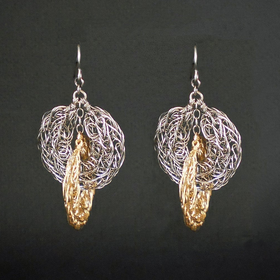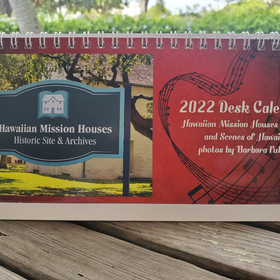
The Hawaiian Kingdom—Volume 2: Twenty Critical Years, 1854–1874 by Ralph S. Kuykendall
In the second volume, “Twenty Critical Years,” the author deals with the middle period of the kingdom’s history, when Hawaii was trying to insure her independence while world powers maneuvered for dominance in the Pacific. It was an important period with distinct and well-marked characteristics, but the noteworthy changes and advances which occurred have received less attention from students of history than they deserve. Much of the material is taken from manuscript sources and appears in print for the first time in the second volume.
The third and final volume of this distinguished trilogy, “The Kalakaua Dynasty,” covers the colorful reign of King Kalakaua, the Merry Monarch, and the brief and tragic rule of his successor, Queen Liliuokalani. This volume is enlivened by such controversial personages as Claus Spreckels, Walter Murray Gibson, and Celso Caesar Moreno. Through it runs the thread of the reciprocity treaty with the United States, its stimulating effect upon the island economy, and the far-reaching consequences of immigration from the Orient to supply plantation labor. The trilogy closes with the events leading to the downfall of the Hawaiian monarchy and the establishment of the Provisional Government in 1893.






